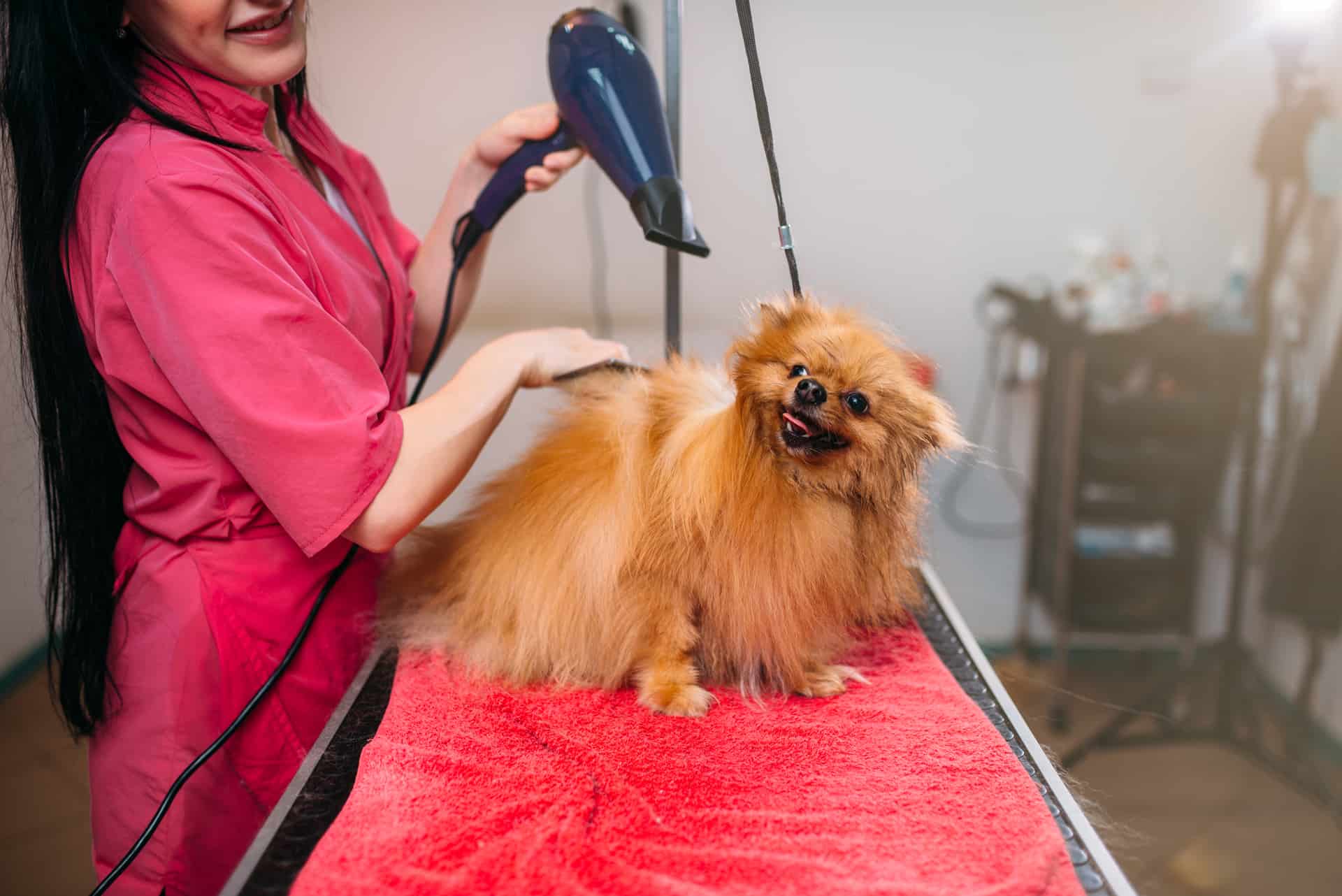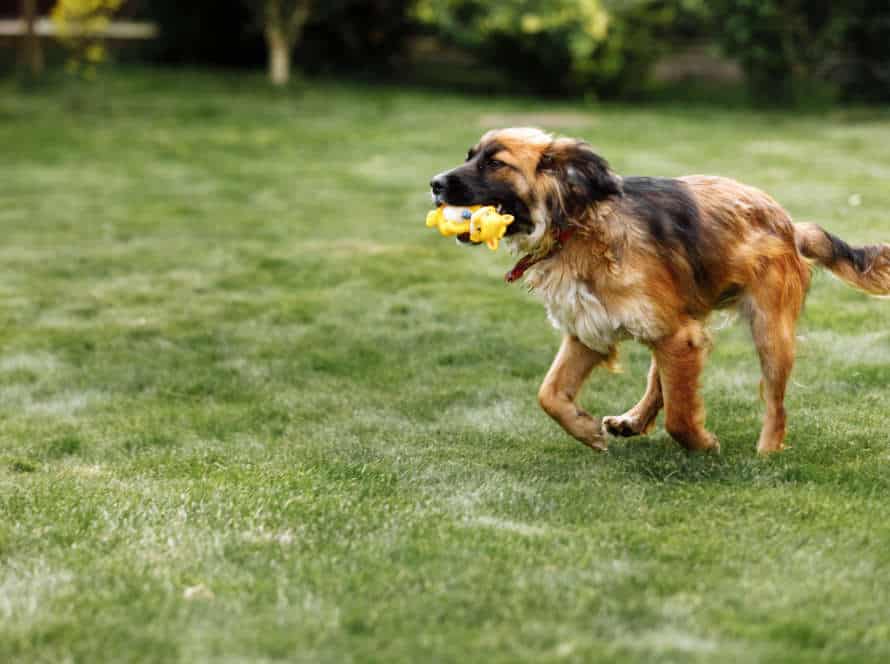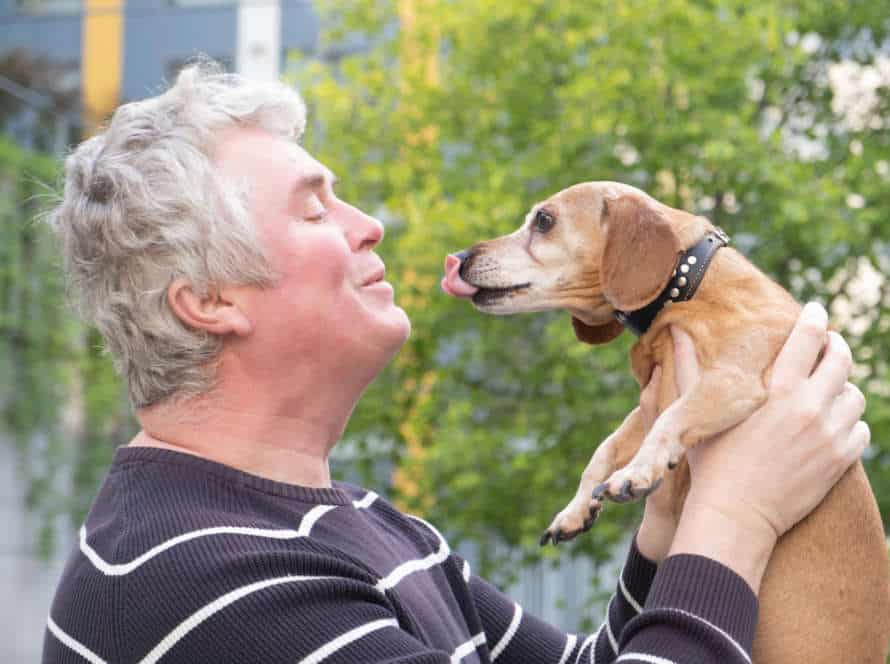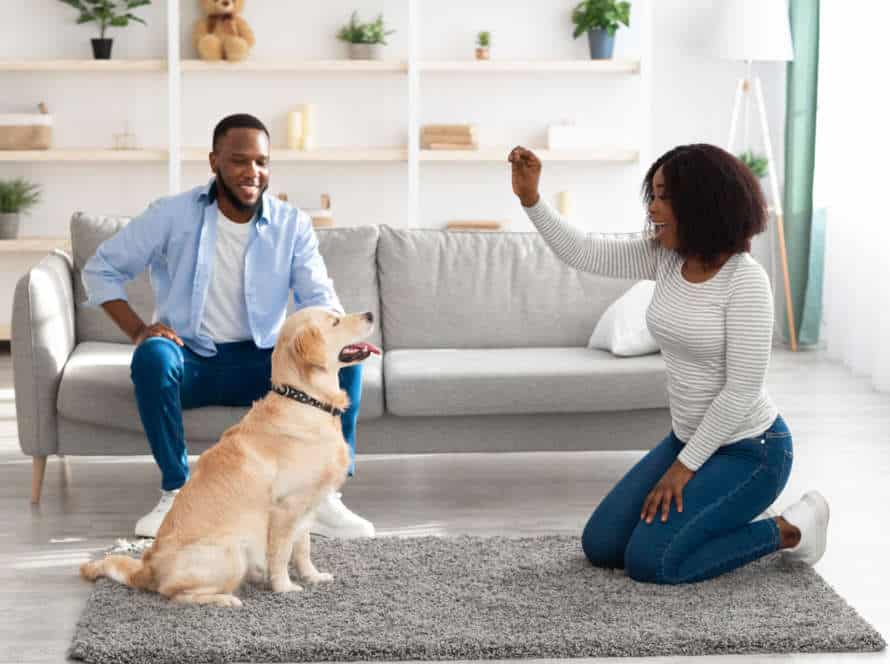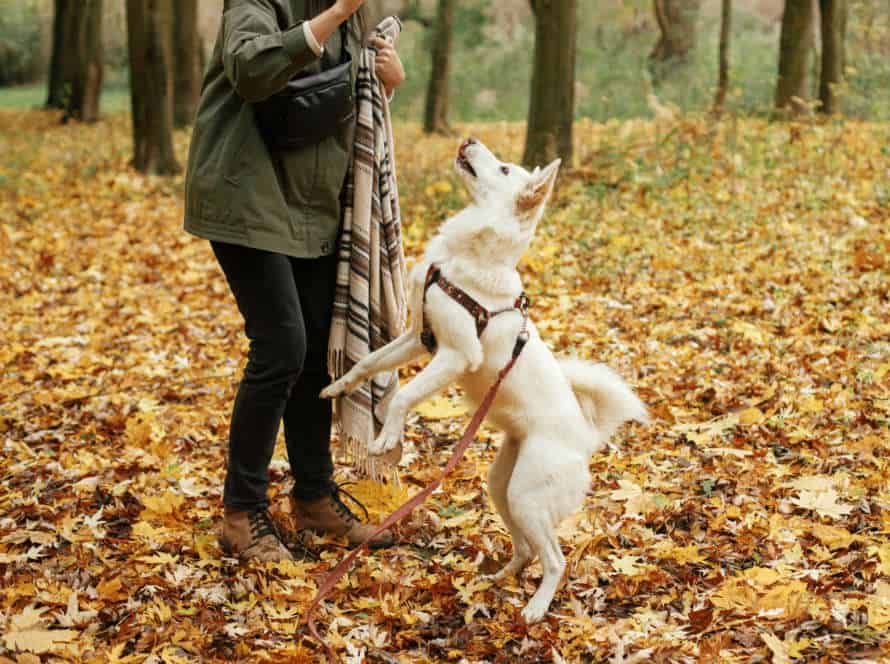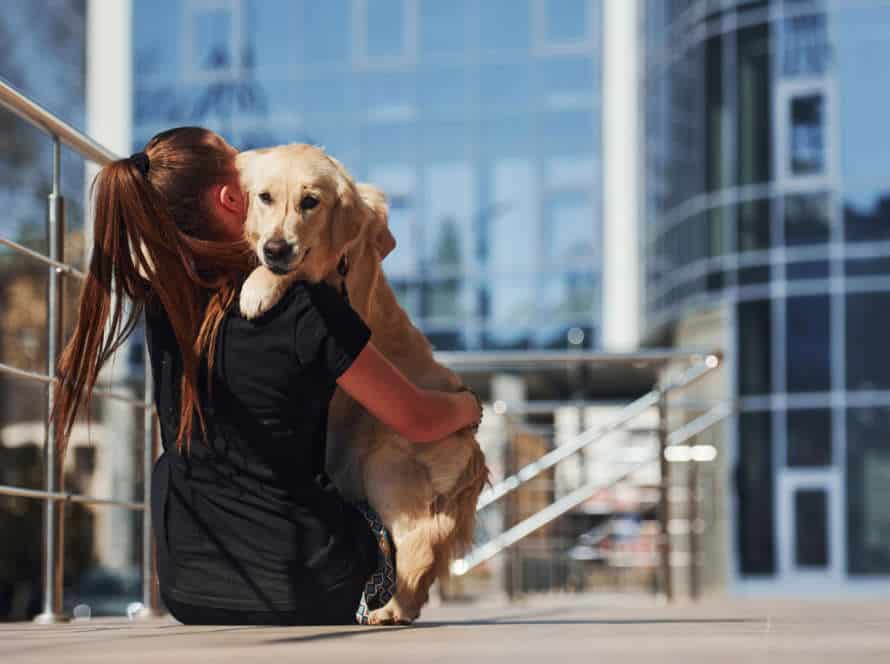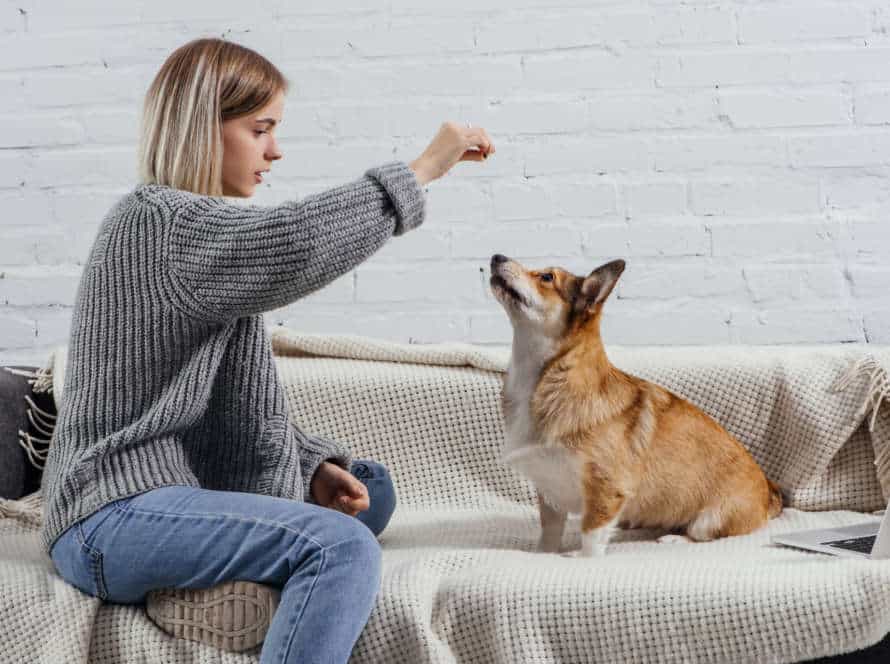Establishing a Grooming Routine for Your Puppy: A Comprehensive Guide
Creating a grooming routine for your pup is essential for their well-being, hygiene and looks. Here’s a guide to aid you in setting up a grooming routine for your furry friend:
- Brush their coat regularly to get rid of free fur, prevent knots and spread out the natural oils.
- Bathe them every 1-3 months or as needed if their coat becomes dirty or smelly. Use a mild pet shampoo and warm water.
- Trim their nails every 4-6 weeks to stop overgrowth and ache.
- Clean their ears with a gentle ear cleaning solution once a week or as advised by a vet.
- Brush their teeth on a regular basis to prevent dental issues such as tartar build-up and foul breath.
By following these grooming tips, your puppy will be at their best and you can quickly identify any potential health problems.
Understanding Why Grooming Is Important for Puppies
Grooming is essential for your pup! It keeps them clean and healthy, plus it makes your bond with them even better. In this guide, you’ll learn why grooming is so important and how to create a successful grooming schedule. Get ready to get your pup looking fabulous!
Benefits of Regular Grooming for Puppies
Grooming your puppy is a must for their health and wellbeing. It offers plenty of advantages, not just making them look and smell good. Check out the top benefits:
- Hygiene: Grooming helps keep your pup tidy, making skin infections and pests less likely.
- Comfort: Brushing, nail trimming, and more helps make them comfy and stops mats or long nails.
- Bonding: Grooming with your pup builds trust and strengthens your relationship.
- Health check: Grooming gives you the chance to examine their skin, coat, teeth, and more. You might spot issues early.
Having a regular grooming routine shows your pup they’re loved and cared for. Plus, use treats and praise to make it a positive experience.
Potential Risks of Neglecting Puppy Grooming
Failing to take care of your puppy’s grooming can cause potential risks to their health and well-being.
Grooming is essential for a puppy’s physical and mental health. Here are some of the risks of ignoring puppy grooming:
- Skin irritation and infections. Not grooming can cause matting, which provides an ideal habitat for parasites and bacteria. Resulting in skin irritation and infections.
- Behavioral issues. Not grooming can cause puppies to become anxious and agitated, which can lead to destructive and aggressive behavior.
- Dental problems. Not brushing your puppy’s teeth can lead to tooth decay, gum disease, and bad breath.
- Overheating. A thick fur coat can cause overheating and severe problems, like heat exhaustion.
Therefore, it’s essential to create a regular grooming routine for your pup. This will not only help prevent potential risks but also guarantee a long, healthy life for your furry friend.
When to Start Grooming Your Puppy
Grooming is vital for pups’ health and well-being. Starting early is key for their long-term comfort and joy. When’s the best time to start? As soon as you bring them home! This helps them get used to being groomed, and makes sure they stay clean and comfy. Here’s a guide:
- Introduce grooming tools like brushes, combs, and clippers slowly.
- Use positive reinforcement to make it a good experience.
- Make a regular schedule based on breed, coat, and lifestyle.
- Pay attention to specific needs like dental care, ear cleaning, and trimming.
With patience and consistency, you can create a routine that’ll help your pup physically and emotionally for years.
Basic Puppy Grooming Supplies You Need
Grooming supplies and tools are necessary for looking after your puppy. They will help you groom your pup quickly and properly. Here, we’ll look at the essential puppy grooming supplies you require for a pup that looks and feels their best.
Brushes and Combs for Puppies of Different Breeds and Coat Types
Choosing the right brush and comb for your puppy is key. It helps their coat stay healthy and shiny – no matter their breed or coat type. Here are the types of brushes and combs that work best:
- Slicker Brush: Perfect for long-haired breeds like Golden Retrievers or Siberian Huskies. It removes tangles, mats, and shedding hair.
- Bristle Brush: Great for short-haired breeds like Beagles or Dalmatians. Removes surface dust, debris, and loose hair.
- Pin Brush: Has long, metal pins. Not too harsh on your puppy’s coat. Good for curly and long-haired breeds like Poodles or Afghans. Removes tangles and mats.
- Undercoat Rake: Made for removing shedding undercoat hair from pets. Works for breeds like Chow Chows or German Shepherds.
It’s important to start a grooming routine for your puppy early. Use the right tools and techniques to keep them happy and healthy!
Shampoos and Conditioners for Puppies
It’s important to use the correct shampoos and conditioners for your pup’s health and hygiene, especially while they’re growing.
Here are a few specifically made for puppies:
- Burt’s Bees Tearless 2 in 1 Shampoo & Conditioner: Gentle on skin and eyes. Natural ingredients.
- Earthbath All Natural Puppy Shampoo: Plant-based, pH-balanced and scent-free.
- ProSense Puppy Shampoo: Specially made for delicate skin. Conditions fur for easier brushing.
Always speak to your vet before using any new grooming products on your pup. It’s important they’re safe and suitable for their individual needs.
Nail Clippers and Scissors for Puppies
As a pet owner, it’s key to have the right grooming supplies. Nail clippers and scissors are musts!
- Nail clippers: Cut your pup’s nails to keep them comfy and prevent pain. Pick clippers with sharp blades and handles that are easy to grip. Don’t forget treats to keep ’em calm during the process.
- Scissors: They’re great for trimming sensitive areas like the eyes and ears. Choose ones with rounded tips to avoid any cuts or pokes.
Be responsible and establish a grooming routine for your pup. Use positive reinforcement and patience when introducing grooming activities.
Other Essential Grooming Supplies
Puppy grooming needs some must-have supplies! Get a dog shampoo, comb, brush, and nail clippers. Here are more essentials:
- Grooming wipes. Perfect for when your pup’s been muddy or between baths.
- Styptic powder. Helps stop bleeding if you cut the nails too short.
- Dental care. Chews, toothpaste, and a toothbrush keep your doggy’s teeth in check.
- Hair clippers. For long-haired breeds that need frequent haircuts.
These supplies will help you set up a grooming routine that’ll keep your pup happy and healthy!
Step-by-Step Guide on How to Groom Your Puppy
Groom your pup for healthy living and a happy bond. Regular grooming makes them look and feel good. Here’s a guide to ensure the process is stress-free. Follow these steps for effective grooming:
- Brush their coat to remove dead hair and prevent matting.
- Clean their ears with a vet-approved solution to prevent infections.
- Trim their nails regularly to avoid discomfort and maintain healthy feet.
- Brush their teeth with a pet-safe toothbrush and toothpaste to prevent dental issues.
- Bathe them with a mild shampoo to keep their coat and skin clean and healthy.
- Check for any lumps or bumps while grooming and consult your vet if you notice anything unusual.
Preparing Your Puppy for Grooming
Before taking your pup to the groomer, or attempting to groom at home, it’s important to get them ready! Here’s how:
- Let your pup get acquainted with grooming tools, like brushes, combs, and nail clippers.
- Use treats and positive reinforcement to make your pup see grooming as a good thing.
- Regularly handle their paws, ears, and tail so they can get used to being touched on these sensitive areas.
- Let them play in a shallow bath or basin to get them used to water.
- Start with short grooming sessions and gradually increase the length as your pup gets more comfortable.
By following these tips, you can create a stress-free, comfortable grooming experience for you and your furry friend!
Brushing Your Puppy’s Coat and Dealing with Tangles
It’s important to brush your pup’s coat often to keep it shiny and healthy. But, tangles can be tricky! Here’s how to get groomed and de-tangle:
- Use a slicker brush to remove fur that’s loose or dead.
- Try detangling spray or conditioner for knots that are hard to get out.
- A wide-tooth comb or mat splitter can help with tough tangles.
- If the tangles are really bad, use scissors to cut them away.
- Slicker brush again when all tangles are gone.
- Make sure to have a regular grooming routine, including brushing and bathing, to stop tangles from forming.
Don’t forget to reward your pup with treats and praise for good behavior during grooming! It’s an important part of their overall wellness.
Bathing Your Puppy and Drying Them Properly
Bath time is essential for keeping your pup’s hygiene and health up to par! Here’s a simple guide to bathing and drying your puppy:
- Fill the sink or bathtub with warm water and a dog shampoo.
- Lather up your pup’s fur with a scrub brush or your hands.
- Rinse the shampoo off completely with warm water.
- Gently squeeze the excess water from your pup’s fur – no rubbing or twisting!
- Wrap them in a dry towel and pat them dry.
- Use a blow-dryer on low heat, and brush the fur to fluff it up.
Regular grooming for your pup is important for their wellbeing. So, make sure to groom your pup frequently!
Trimming Your Puppy’s Nails and Hair
Grooming your pup is vital for their health and happiness. Here’s a simple step-by-step guide for doing it at home:
- Gather nail clippers, brush/comb, scissors, and towels.
- Show them the tools and give treats as incentives.
- Brush/comb to detangle and remove mats.
- Trim any excess hair around face, paws, or bottom.
- Hold their paw and cut the tip of each nail, avoiding the vein.
- Repeat these steps monthly to create a routine.
Pro Tip: If the hair or nails are extra long, seek help from a groomer to avoid accidents.
Cleaning Your Puppy’s Ears and Teeth
Cleaning your pup’s ears and teeth? It’s essential for their overall health and hygiene! Here’s a simple guide:
For their ears:
- Use a special ear cleaning solution and cotton balls/soft cloth.
- Gently fold back the ear and put drops in the canal.
- Massage the canal to help the solution.
- Let your pup shake their head to get out the solution/debris.
- Wipe outer ear with a clean cloth/cotton ball.
For their teeth:
- Use soft-bristled toothbrush and special dog toothpaste.
- Hold the mouth closed and lift their lip to expose teeth.
- Brush teeth in circles, paying attention to back teeth/gum line.
- Reward pup after each session to make it positive.
By doing this routine, you’ll help your pup stay healthy and prevent any issues!
Applying Finishing Touches
Grooming your pup is a great way to make them healthier and happier. Here’s a guide on how to do it:
- Gently brush their entire body with a slicker brush or comb.
- Trim their nails short, but avoid the quick.
- Clean their ears with a soft cloth and solution. Don’t insert anything in the canals!
- Use a toothbrush and toothpaste to clean their teeth and gums.
- Spritz them with a dog-friendly fragrance or deodorizing spray. Avoid their face and eyes!
- Give them treats and lots of praise for being so good.
By adding these finishing touches to your pup’s routine, you can make sure they look and feel their best. Plus, you get to bond with them through positive reinforcement!
Tips and Tricks for Effective Puppy Grooming
Grooming your pup should not be neglected! Establishing a good routine can keep their coat and skin in top shape, reduce shedding and help with overall health. Here are some tips to help out with puppy grooming.
How Often to Groom Your Puppy
Creating a grooming schedule for your pup is necessary to keep them clean, healthy, and happy. But how often should you groom them?
- Brushing: It depends on their coat length and type. Brush them once a week at least. Those with longer coats need more frequent brushing to avoid tangles and matting.
- Bathing: Bathe them every 2-3 months. Or when they’re really dirty or smelly. Too much bathing can make their skin dry and create irritation.
- Nail Trimming: Do it every 4-6 weeks. Or when you hear their nails clicking on the floor. Use sharp, dog-specific clippers to prevent hurting them.
- Ear Cleaning: Clean their ears every 1-2 weeks with a soft cloth or cotton ball and an approved cleaner.
- Dental Care: Brush their teeth 2-3 times weekly with a toothbrush and dog-specific toothpaste.
By having a regular grooming routine, you can keep your pup healthy, clean, and happy.
Understanding Your Puppy’s Coat Type and Grooming Needs
Comprehending your pup’s coat type and grooming desires is a must for keeping their overall health and cleanliness. Here are the three types of pup coats and some advice on how to groom them:
- Smooth Coats: These pups tend to have short fur that’s easy to manage. Pin brushes and bristle brushes are highly recommended. They remove loose hair and spread natural oils around the coat.
- Double Coats: These pups have two layers of fur, an undercoat and an overcoat. Slicker brushes and specialized grooming tools are needed for regular deshedding.
- Corded Coats: These coats are made up of long, dread-like cords. Frequent bathing and brushing with a metal comb is essential to avoid matting.
Furthermore, a regular grooming routine including bathing, combing, brushing and nail trimming should be established. This will help keep your pup healthy, content, and looking their best.
Training Your Puppy to Enjoy Grooming Sessions
Train your puppy to love grooming! This is important for their health. Here are some tips:
- Start early. Get your puppy used to the process.
- Use treats and positive reinforcement.
- Introduce them to tools like brushes, combs, and clippers gradually.
- Take a break if your puppy gets stressed. Try again later.
- Make grooming a regular routine.
- Gently handle their paws, ears, and teeth often.
- Always use safe, gentle products designed for puppies.
Dealing with Grooming Challenges, Such as Matting and Shedding
Grooming your pup can be tough! Matting and shedding can make it even tougher. But, the right techniques and a proper grooming routine can keep your pup looking and feeling great.
Here are some tips:
- Brush their coat regularly with a slicker brush or a comb.
- Use a dematting tool to gently untangle any mats.
- Bathe them with a mild shampoo every 4-6 weeks.
- Brush them regularly too. If shedding is bad, use a diet with Omega fatty acids to reduce it.
Also, establish a regular grooming routine with nail trimming, ear cleaning, and teeth brushing. This will help your pup get used to it.
Pro Tip: Break up the process into shorter, more frequent sessions if your pup is squirmy or nervous.
Common Mistakes to Avoid When Grooming Your Puppy
Grooming a puppy can be tricky, but it can be smooth sailing with the correct approach. Always be gentle and patient when grooming your puppy, as they can get easily scared. To make the process easier, here are some common mistakes to stay away from. Avoid these and you’ll be able to groom your puppy with ease!
Using the Wrong Grooming Tools or Products
Wrong grooming tools and products can damage your pup’s skin and coat. So, use pet-specific shampoos and conditioners. Also, pick the right grooming tools: brushes, combs, and clippers. Research your pup’s breed and coat type and choose tools accordingly. High-quality grooming products are key. They’ll keep your pup’s coat healthy, shiny, and tangle-free. Don’t use human products – they can cause skin irritation and allergies.
Rushing the Grooming Process and Hurting Your Puppy
Grooming your pup is vital for their wellbeing. Don’t rush it, or you may hurt your fur-baby. Here are mistakes to dodge when grooming them:
- Brushing too hard. This causes skin irritation, pain and bleeding. Be gentle when brushing your pup’s fur.
- Clipping nails too short. This causes pain and bleeding. Only cut the tips and avoid the quick.
- Skimping on dental care. Poor hygiene can lead to infections, gum disease and tooth decay. Brush their teeth and give them dental chews regularly.
- Bathing too often. This strips their coat of natural oils, making their skin dry and itchy. Only bathe them when needed and use gentle puppy shampoo.
By sticking to a routine and avoiding these mistakes, you can keep your pup healthy and content.
Neglecting Your Puppy’s Grooming Needs and Health
Neglecting your pup can bring problems in the future. To avoid that, create a proper grooming routine from the start. Here are some mistakes to watch out for:
- Bathing too often, which dries the skin & strips oils.
- Skipping nail trims, leading to overgrown nails & pain.
- Brushing coat too hard or not enough, causing mats, tangles & skin irritation.
- Not brushing teeth regularly, leading to dental issues & bad breath.
- Using grooming tools improperly, causing discomfort or injury.
With a good routine, your pup can stay healthy, comfy & happy. Be gentle & patient as they get used to the process.
Conclusion and Final Thoughts on Grooming Your Puppy
Groom your pup for fun and rewards! Consistent care and attention are paramount. It may take a while to set up a routine, yet stick with it and your pup will be spiffy, content, and well-cared for soon. Let’s look at the last thoughts on setting up a grooming routine for your puppy.
Benefits of Regular Grooming for Your Puppy’s Health and Wellbeing
Grooming is essential for your pup’s health. It keeps the fur clean & parasite-free, stops mats & tangles, and promotes good skin. To get started, here are some tips:
- Brush daily to remove fur & avoid mats.
- Bath every 2-3 months with pup-safe shampoo.
- Trim nails every 4-6 weeks.
- Clean ears each month.
Regular grooming will keep your pup happy & healthy. Praise & treats during sessions make it a positive experience! Pro tip: Incorporate play & treats for an even better bond.
How to Create a Grooming Routine That Works for You and Your Puppy
Creating a grooming routine for your pup is essential for their wellness and to strengthen your bond. Here are some tips for a smooth-sailing ride:
- Begin gradually to avoid scaring your pup. Let them get used to being touched.
- Use positive reinforcement for good conduct, making grooming a pleasant experience.
- Select the right grooming tools for your dog’s coat and size.
- Build a consistent grooming program that works for you both.
- Be patient and determined. Regular grooming helps to ward off matting, tangles, and other issues that can hurt your pup.
By following these steps and forming a grooming routine, your pup will be contented, healthy, and look their best.
Pro tip: Steadfastness is what matters when grooming your pup. Keep to a regular routine and be patient with them, and you’ll see the results soon!
Helpful Resources for Learning More About Puppy Grooming.
Are you a new pet owner? It’s important to set up a grooming routine for your puppy. This includes bathing, trimming nails, cleaning ears, and brushing their coat. Luckily, there are plenty of resources to help you learn about groomin’ your pup.
Resources for grooming your puppy include:
- “The Everything Dog Grooming Book” by Sandy Blackburn
- “The Ultimate Dog Grooming Guide” by Dog Care Professionals
- Online resources like PetMD.com, AKC.org, and Petfinder.com
- YouTube channels like “Grooming by Rudy” and “Dog Grooming by Brett“
Use these resources to become a more informed, confident pet owner. So your puppy can stay healthy, clean, and happy.
Pro tip: Start groomin’ young pups at an early age. Be gentle and patient throughout the process – it’ll make it a fun experience for both of you!
Frequently Asked Questions
Q: When should I start grooming my puppy?
A: You should start grooming your puppy as early as possible to help them get used to the process. Puppies can start getting used to grooming at around 12 weeks old.
Q: How often should I groom my puppy?
A: The frequency of grooming depends on the breed of your puppy and their coat type. Generally, puppies should be groomed at least once a week, but some breeds may require more or less frequent grooming.
Q: What tools will I need to groom my puppy?
A: Some tools you may need to groom your puppy include a brush, comb, clippers, nail clippers, shampoo, and conditioner.
Q: How can I make grooming a positive experience for my puppy?
A: You can make grooming a positive experience for your puppy by rewarding them with treats, using a soft and gentle voice, and minimizing any stressors such as loud noises.
Q: Should I take my puppy to a professional groomer?
A: Taking your puppy to a professional groomer can be beneficial, especially for breeds with more complex grooming needs. However, regular at-home grooming is still important for maintaining your puppy’s coat and health.
Q: Are there any health benefits to grooming my puppy?
A: Yes, proper grooming can help maintain your puppy’s coat and skin health, prevent matting, and even detect potential health issues such as skin irritations or infections.

